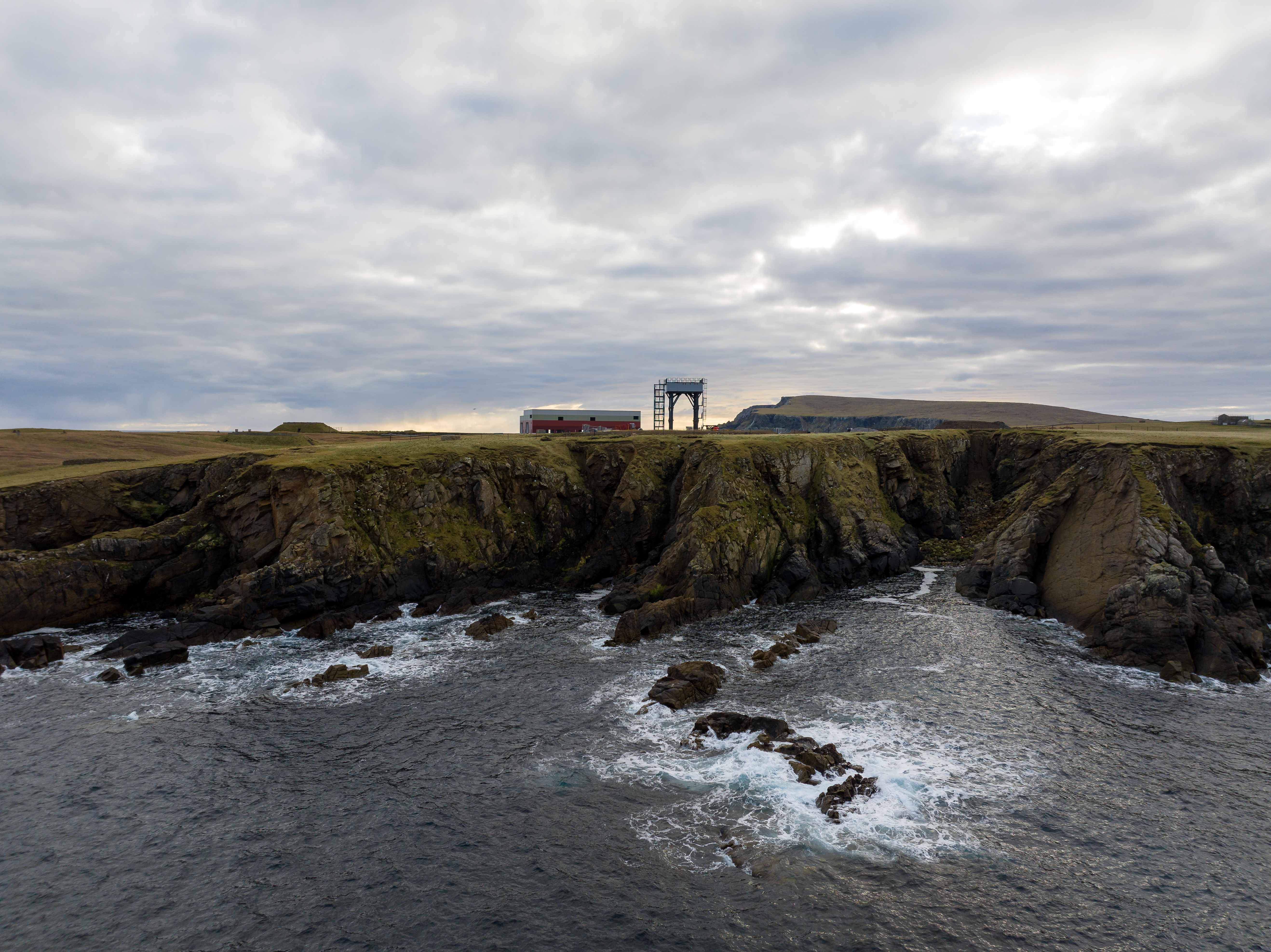At a glance
- Licence grants SaxaVord permission to clear and control the downrange zone during launches.
- Key legal requirement and safety measure for future UK launches to reduce hazards to the public.
- Work continues on launch operator licences for the spaceport.
SaxaVord Spaceport has been granted a range control licence by the UK Civil Aviation Authority to enable the company to provide a number of safety critical services before and during launch.

The regulator’s latest licence for SaxaVord means it can issue warning notices to keep people out of hazardous areas, perform surveillance of those areas, and monitor the progress of rockets in flight.
The announcement follows the granting of a spaceport licence by the Civil Aviation Authority to SaxaVord in December 2023.
The licence is the 361st issued by the space regulator enabling the UK space sector to grow, employing 50,000 people across the country.
A range licence is a legal requirement ahead of a space launch, but is not in itself permission to launch.
This licence grants the broad approval to provide ‘range control services.’ Specifics will depend on the launch vehicle and will be outlined as part of relevant launch licences.
Work by the Civil Aviation Authority continues in assessing potential launch operators from SaxaVord.
Colin Macleod, Head of UK Space Regulation at the UK Civil Aviation Authority, said:
“SaxaVord’s range licence is vital to protecting public safety during launches.
“Our work is enabling the UK’s expanding space sector and encouraging safety, sustainability and security of space activity.”
Frank Strang, CEO of SaxaVord Spaceport, said:
“We are delighted to have been granted our range licence by the Civil Aviation Authority and had it approved by the Secretary of State for Transport, following on from our spaceport licence in December last year.
"Both awards are historic milestones for ourselves in Shetland and the development of the UK space sector in its entirety. This is a vital component in our preparations for launch. Satisfying such a crucial piece of the regulatory process affords everyone the comfort that we will always operate in a safe and proper manner under the watchful eye of the regulator.
"As Western Europe’s only fully licenced vertical launch spaceport, we are now preparing to make more space history with the beginning of orbital launch operations well underway and first launch expected to be in Q3 of this year."
Transport Secretary Mark Harper said:
“Today’s announcement is an important next step for SaxaVord as it prepares for the first commercial vertical space launch in the United Kingdom.
“It is vital that launches are safe for everyone involved, which is what this range licence will ensure – enabling SaxaVord to continue supporting skilled UK jobs and help grow the economy.”
The Civil Aviation Authority has issued SaxaVord’s licences well ahead of any potential UK launches, and launch operators are currently undergoing assessment. The granting of SaxaVord’s spaceport licence made it the UK’s first licensed vertical launch spaceport.
Operations at SaxaVord are now being monitored by the Civil Aviation Authority to ensure they are meeting the terms of their licence and public safety is protected.
Notes to editors
Range control licences are granted under the Space Industry Act 2018 (SIA) and set out what needs to be provided to the Civil Aviation Authority before a launch. This includes:
- Zones to be cleared around launches including for marine traffic and watching for any potential intrusions into this zone.
- Processes for launch day, including roles and responsibilities of key personnel on site.
- Examples of the tracking systems used to monitor the launch vehicle.
- Confirmation of a licence from the relevant Marine Licensing authority.
- Confirmation of any necessary licences from Ofcom of relevant radio frequency licences.
- Evidence of the plan to warn relevant people and stakeholders around the timing of a launch.
During licensing and operation spaceflight, operators must be able to demonstrate to the Civil Aviation Authority that they manage the risks from their activities to As Low As Reasonable Practicable (ALARP).
Range licensing is a way for the regulator to be assured about some of the key risk controls required by the spaceflight operator that are provided by the range. Spaceflight activity is high risk and therefore can never be completely safe, instead the focus is on taking all reasonable steps to reduce risk to people and property. The difficulty of reaching space also means that failure is still a likely outcome and safety measures must reflect that.
The UK Civil Aviation Authority is the UK’s space regulator. We work so that the space industry meets the highest safety standards and space activity involving the UK is secure and sustainable.
More information about the work of the Civil Aviation Authority as the UK space regulator can be found on our website.


Provide page feedback
Please enter your comments below, or use our usual service contacts if a specific matter requires an answer.
Fields marked with an asterisk (*) are required.